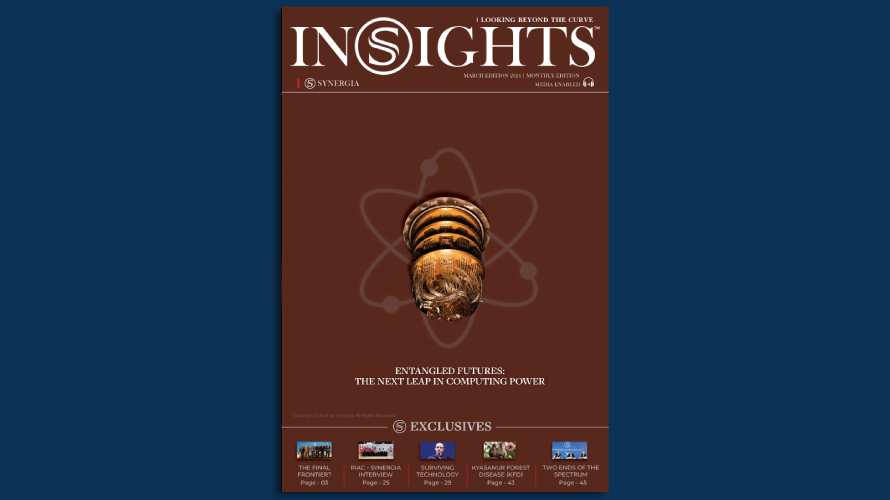Research from Lancaster University, UK, shows that April Fools hoax stories can offer linguistic clues to spotting 'fake news' stories. From a dataset of more than 500 April Fools articles written over 14 years and sourced from over 370 websites, scientists were able to detect similarities in the language and written structure of humorous April Fools hoaxes published by media outlets.
Comparing the April Fools stories with a 'fake news’ dataset, the researchers found that the stories contained less complicated language and longer sentences, but were in all easier to read than genuine news. The team created a machine learning ‘classifier’ to identify such fake stories. When tested, the classifier achieved a 75% accuracy at identifying April Fools articles and 72% for identifying fake news stories.
According to Alistair Baron from Lancaster University, “there are certain features in common between different forms of disinformation and exploring these similarities may provide important insights for future research into deceptive news stories.”
Assessment
Our assessment is that April fools have always been used as a day to spread hoaxes and fake news. We believe that a rise in awareness of the impact of fake news has made them more vigilant to identify and curb its spread. We feel that the long-lasting link between April fools and fake news has become more prominent, thus enabling people to realise the truth from the fact.







Comments